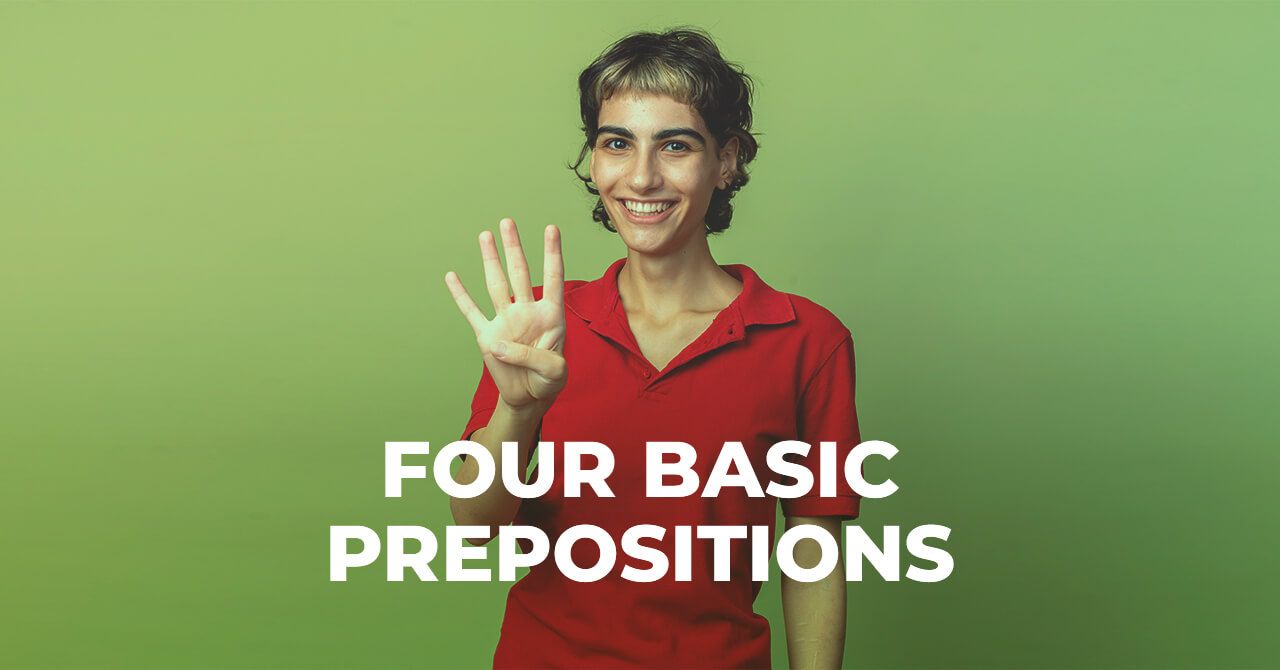
Four Basic Prepositions in English
This article will focus on four basic prepositions in English, which are AT, ON, IN, and BY.
This article will focus on four basic prepositions in English, which are AT, ON, IN, and BY. It focuses on how they are used when talking about Transportation, Location, and Time, with examples to help you understand easily.
“AT”
Location—“AT” is very specific when used to describe the location.
Example:
Let’s meet at the mall/ let’s meet at my house.
Time—“AT” is very specific when we deal with hours and minutes.
Example:
Let us meet tomorrow at 10:30.
“ON”
Transportation—“ON” is used for large vehicles or large ways of traveling, such as buses, trains, and planes, and they are shared by a large number of people.
Example:
I am on the bus.
The “boat” is an exception, for many people have their own boats for different reasons, fishing or rowing. Therefore in this situation, you can use IN.
However, if the boat is big, the proper preposition to be used is “ON.”
Example:
I am on a boat.
Another exception is “bicycle.”
You are always on a bicycle.
Yes, the bicycle is a small thing, and you cannot sit in a bicycle, but you sit on a bicycle.
Location—“ON” is used when showing that something is on top of something, standing, or moving on something.
Example:
The pen is on the table.
Time—We use “ON” when we talk about days.
Example:
On Monday, On Tuesday, etc.
If you use a day that has a day in it, you can use ON, e.g. on my birthday, on Christmas day.
“IN”
Transportation—“IN” we use it for cars and taxis.
Example:
I am in a car/ I am in a taxi.
Location—“IN” is used to describe something which is located within something.
Example:
The ball is in the box.
Time—When talking about long periods of time, like a week, month and year, we use IN.
Example:
We had our first trip in September/ In 2020 I went to the USA.
“BY”
Transportation—“BY” is used to show how one has got to a place.
Example:
They got here by car/ she got here by plain.
Location—“BY” is similar to close or near. It shows that something is near or close to something.
Example:
John is standing by your car.
Time—We use “BY” to show the end of a specific time.
Example:
John needs the project to be done by the end of business day today.
I'm a TESOL certified English teacher. I have been helping students to improve their English speaking skills for two yours. I graduated with honors degree in International Business.

